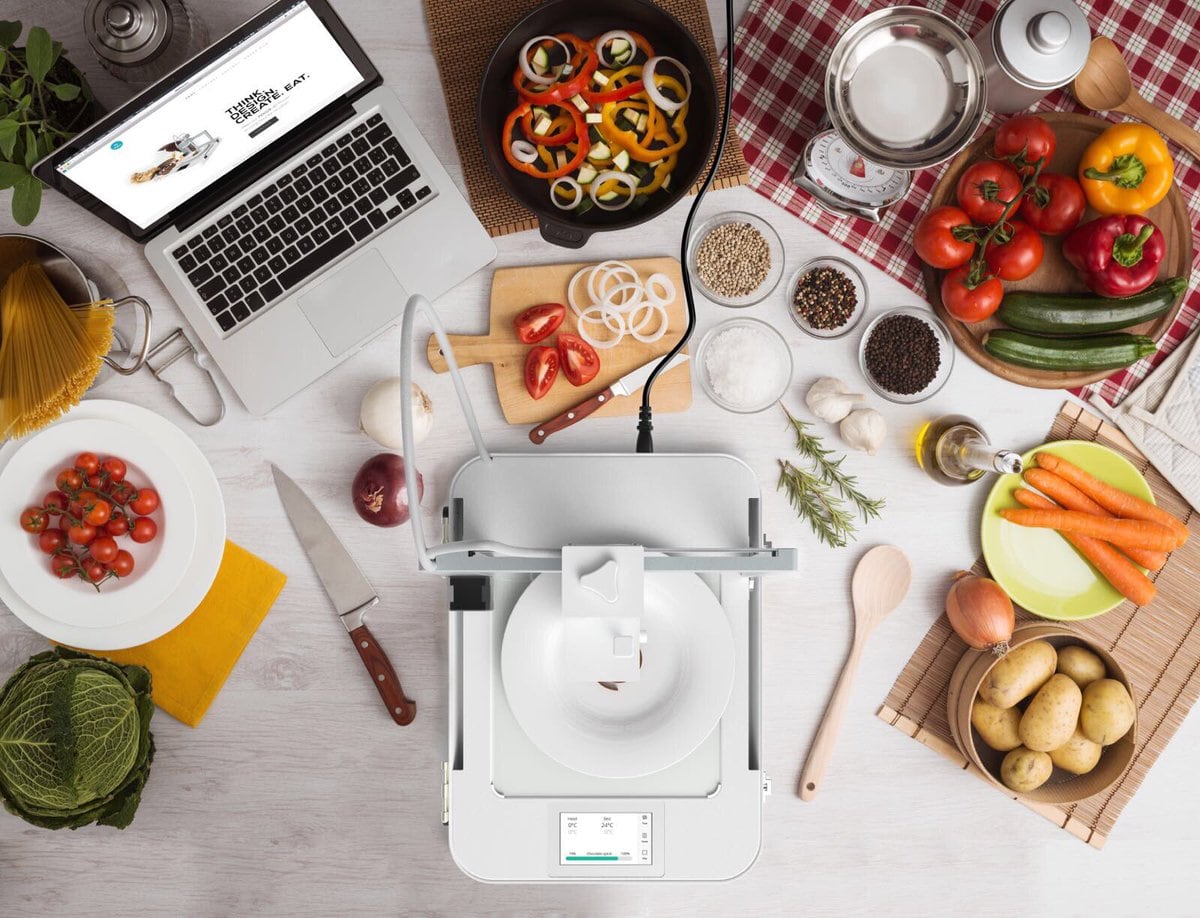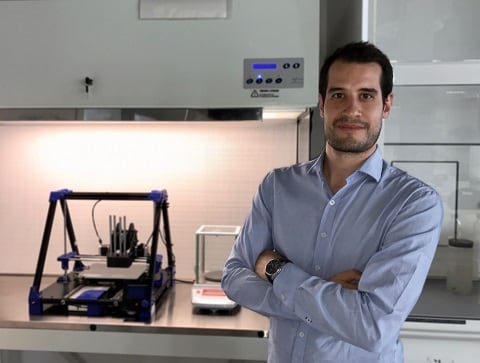byFlow was founded in 2015 with the aim of developing 3D printing technology that was “compact, portable and accessible to everyone”. In 2016, byFlow’s first printer, Focus, hit the market.
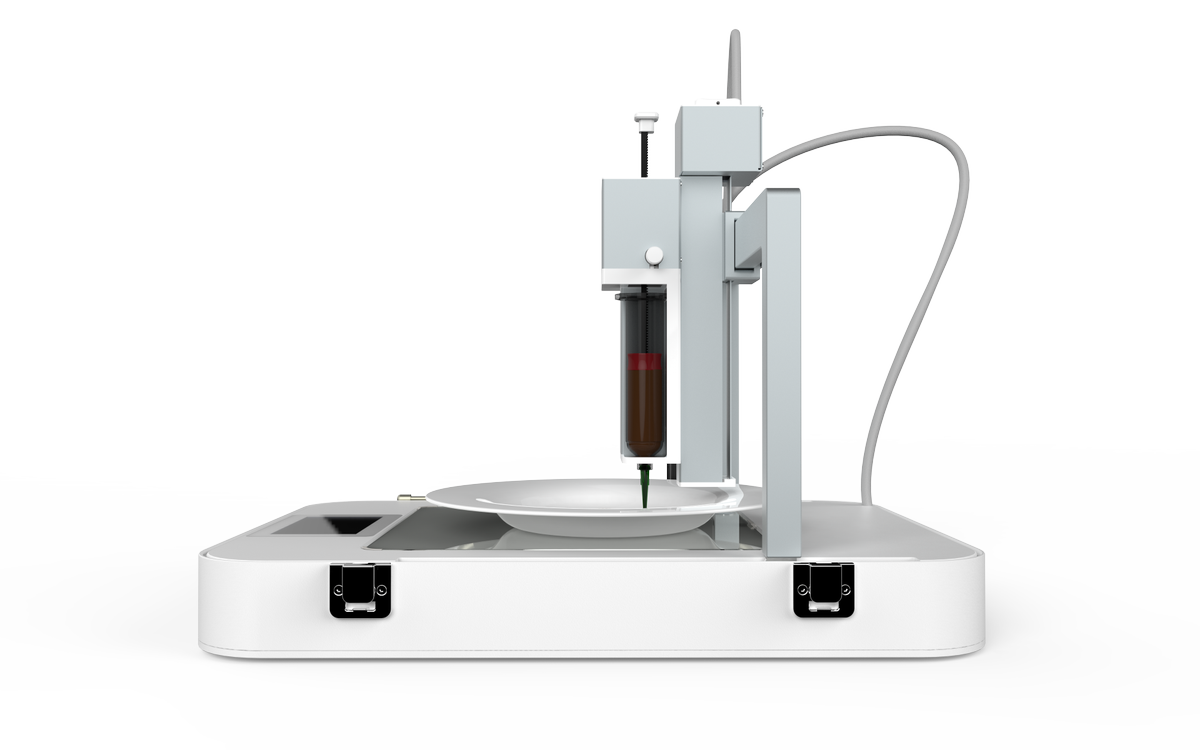
The company reached another milestone in its ambition to make 3D printing more accessible this week, when it launched its latest innovation, byFlow Studio, at the Horecava trade show in the Netherlands.
Speaking to FoodNavigator from the event, byFlow CEO Nia Hoff explained that the new platform is a more intuitive interface between the 3D printer that means you don't have to be "technically minded" to make your designs come to life.
“byFlow Studio is an online platform where we give customers access to our designer recipe database. It is also a design tool that allows you to personalise your designs within two clicks. You can upload images, designs, drawings, logos, handwriting, autographs, whatever you would like to see turned into reality. That is transformed into a 3D model and sent to your printer via wi-fi.”
Hoff explained that byFlow believes this development will contribute to the personalisation of 3D printing, which, she said, “has been lacking in the past”.
Speeding up food innovation
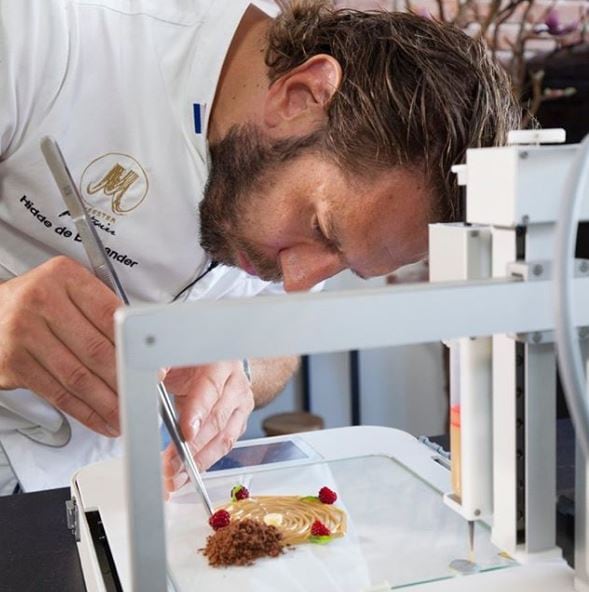
Currently, the majority of byFlow’s customers are restaurants, caterers, hotels and other food service customers. “We believe for now [3D printing] is an application for the food service sector to amaze your guests and offer something completely different from other restaurants,” the tech innovator said.
However, she has witnessed a jump in interest from the research and development departments of large food multinationals, which now account for around 30% of the group’s customers. It is in this area that she sees significant future potential.
For these customers, 3D printing can significantly speed up their innovation processes. “The R&D facilities of the food multinationals… use our printer to create new products. They can have something in their hands in a few minutes instead of a few weeks because they don’t have to mould their food.
“It speeds the innovation process. It is very important for the companies to see the shape of the products – how will they look in the end but also shape is important for getting the right texture. With a 3D printer they don’t have to wait for a mould, they can immediately print it out and have new products.”
Potential in personalised nutrition
Another area of interest for food makers is the emerging concept of personalised nutrition. Here, Hoff believes 3D printing can help contribute to the seemingly contradictory ambition of delivering truly personalised nutrition en masse.
“In the future we want to focus more on personalised food. Developing food based on your DNA,” she continued. “From a DNA passport we can already read what vitamins and nutrients are good for your body – what you need. 3D printing technology in the future could help to read the data from your passport and transform that into a meal.”
The billion-dollar question is how this will play out in the mass market. byFlow has some ideas.
By combining information on an individual’s DNA with health and activity data collected by wearable devices such as smart watches consumers would be able to make a personal profile. “In the future we believe it will be possible to scan that profile in the supermarket and the supermarket will tell you what food you need to buy. [Alternatively] it will be possible to scan that profile to a restaurant or a company that delivers food at home and those companies will make you the food that fits your body.”
In order to realise the potential of these developments, technological advances are required, Hoff suggested. “We need larger technology for that because there are many dishes to be made but also many choices to be made. We believe that 3D technology would be able to make that personalisation really happen.”
Collaboration to drive innovation
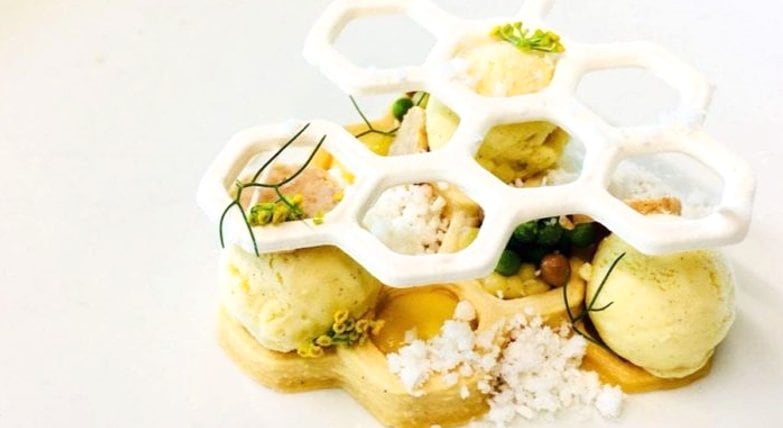
For 3D printing to realise its potential in the field of food, further refinement of the process is needed.
byFlow wants to be at the forefront of research in this space. Already, the company is working to tackle on of the biggest challenges facing 3D printers: texture.
“Currently you have to have a pureed food, or pasta dough or cookie dough. Already we can bring certain texture but the texture comes from the food. For example, when we make cookie dough, we bake it and you have a crunchy cookie. When you print chocolate it hardens.
“We [have now] developed a technology to get more texture in the food, but more research from our side in combination with food partners needs to be done to get that technology to the market,” Hoff revealed.
Another area that the company is innovating in is making bigger machines that can be used on a more industrial scale.
Collaboration with food industry manufacturers is a core priority for byFlow’s R&D programmes. The company already has a number of partners in the food sector (Hoff can only came Dutch herb and spice company Verstegen - the other tie-ups remain confidential).
“We partner with food multinationals or food partners to give us the knowledge on the food part. Food ingredients companies but also the companies that make finished products. We always say we are super with 3D technology but we don’t know as much about food as the companies that work with it every day. We need to get more knowledge from their side to make products that are sustainable for the future.”

